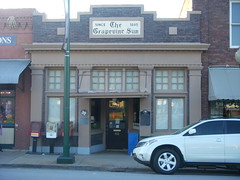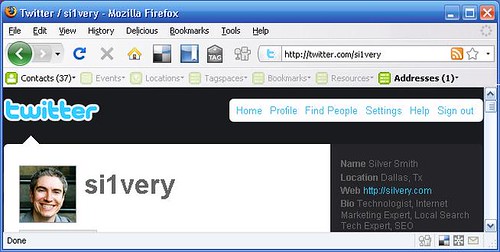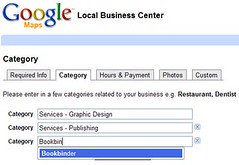I’ve written articles and spoken at conferences on the subject of using images for search engine optimization for a number of years now, and one concept that many individuals and corporations miss is the idea that looser copyright restrictions can often equate with wider promotional value and greater SEO power.
Many companies are still operating under “Business 1.0” mindsets in this “Business 2.0” world, and that failure to adapt is often resulting in very real lost market share potential.
Photographic images are often a type of content that is still sometimes hard to come by. If you have images of subjects that could be of interest to someone out there, then you can leverage this demand to obtain additional links to your sites. And links to your site are still valuable and worthwhile in terms of increasing your chances to rank higher in search results for keywords that are important to you. A greater number and variety of links equals a greater chance to rank higher than your competition.
But, if you’ve slapped all sorts of restricting copyright notices and language to all of your photos, then you’ve caused a real chilling effect in terms of the links you could be getting.
I post a lot of my pictures to the image sharing service, Flickr, and while I often have each photo’s permissions set to display “© All rights reserved”, I have placed a notice on my profile page that I typically allow journalists to use my photos if they will give me a credit line when stories are posted online, and link my name back to my homepage. On images that I think are particularly newsworthy, I’ll even mention these terms in the description below the image.

— it seems that Belo Corporation is closing the small-town newspaper in Grapevine, Texas. The Grapevine Sun has been in operation for something like 114 years, and now it’s closing down like many other newspapers around the country. A journalist contacted me about my photo of the Grapevine Sun office, requesting permission to use it to illustrate their article about the closing. Just as per my terms, they used the logo and linked it back to my site homepage.
This is really a win-win scenario. If I were all uptight about restricting my photos overmuch and forcing people to pay high fees for usage, it would cause all sorts of barriers for distribution for me. It might be one thing if I had some sensational photo of a celebrity doing something fantastic, or a political figure, but for most of my photos the popularity factor just isn’t high enough to warrant pretending I’m the next big photographer of the century.
The journalist got a photo to raise the human-interest feel of their story, and I got a small amount of link promotion value out of my picture. It’s not precisely a “free use” of my image, but it’s close enough from the journalist’s viewpoint, and my providing permission super-rapidly is a sensitive acknowledgement of their story deadline pressure.
News sites and blogs are treated very well in terms of link value by Google’s algorithms, so providing your images in ways that could facilitate bloggers and journalists in finding the images and making use of them can help insure that you could get more inlinks than you otherwise would.
By stating clearly on your photo pages that you’ll allow news and blog stories to use photos in return for a link back to you, you use a very mild and benign form of social engineering to increase the chances that you’ll get some links for your site.
A couple more notes on permissions — most companies and PR departments are too restrictive. It’s understandable to fear that someone might use your images to illustrate stories that could be negative about you, but it’s important to keep sight of the big picture: disallowing photos for this use likely will not stop the story from happening, and even links from negative articles can help in your overall rankings. So, it’s better for you to provide the photos for open use regardless of whether you really like the story or not. It’s completely valid to state that the images may be resized but the content within the image cannot be altered.
Even better, using Creative Commons licensing can help encourage more use, and will allow you to specify terms of use that are standard and more easily understood.
In the Business 2.0 world, companies which are not providing easy-to-find and easy-to-use press kits on their corporate websites which include lots of photos of products, services and people in their company — well, they’re really behind the times. You too can easily gain valuable inlinks from blogs and newspapers, just as I have.





